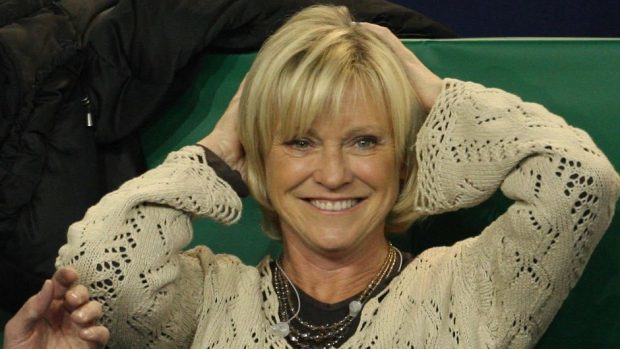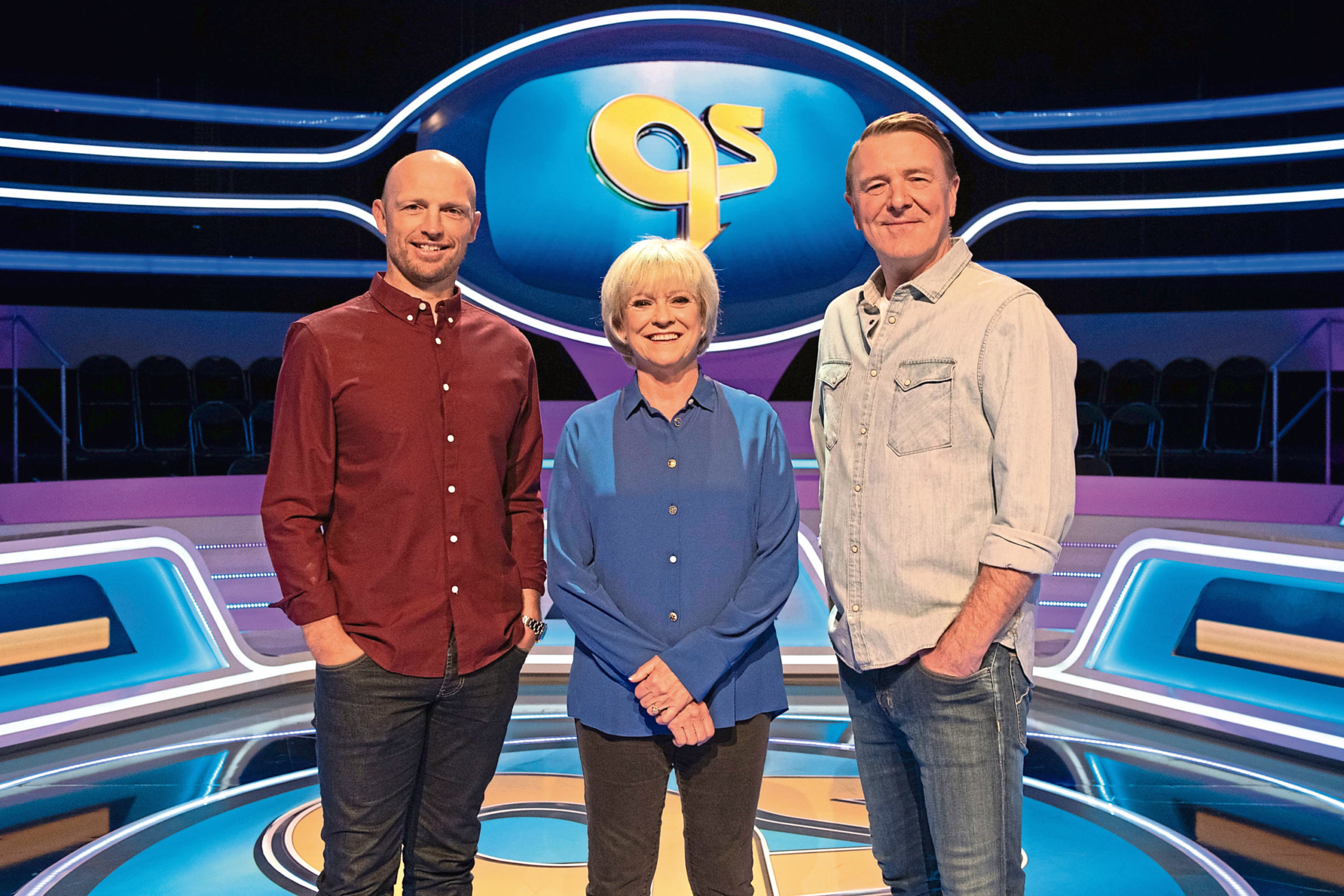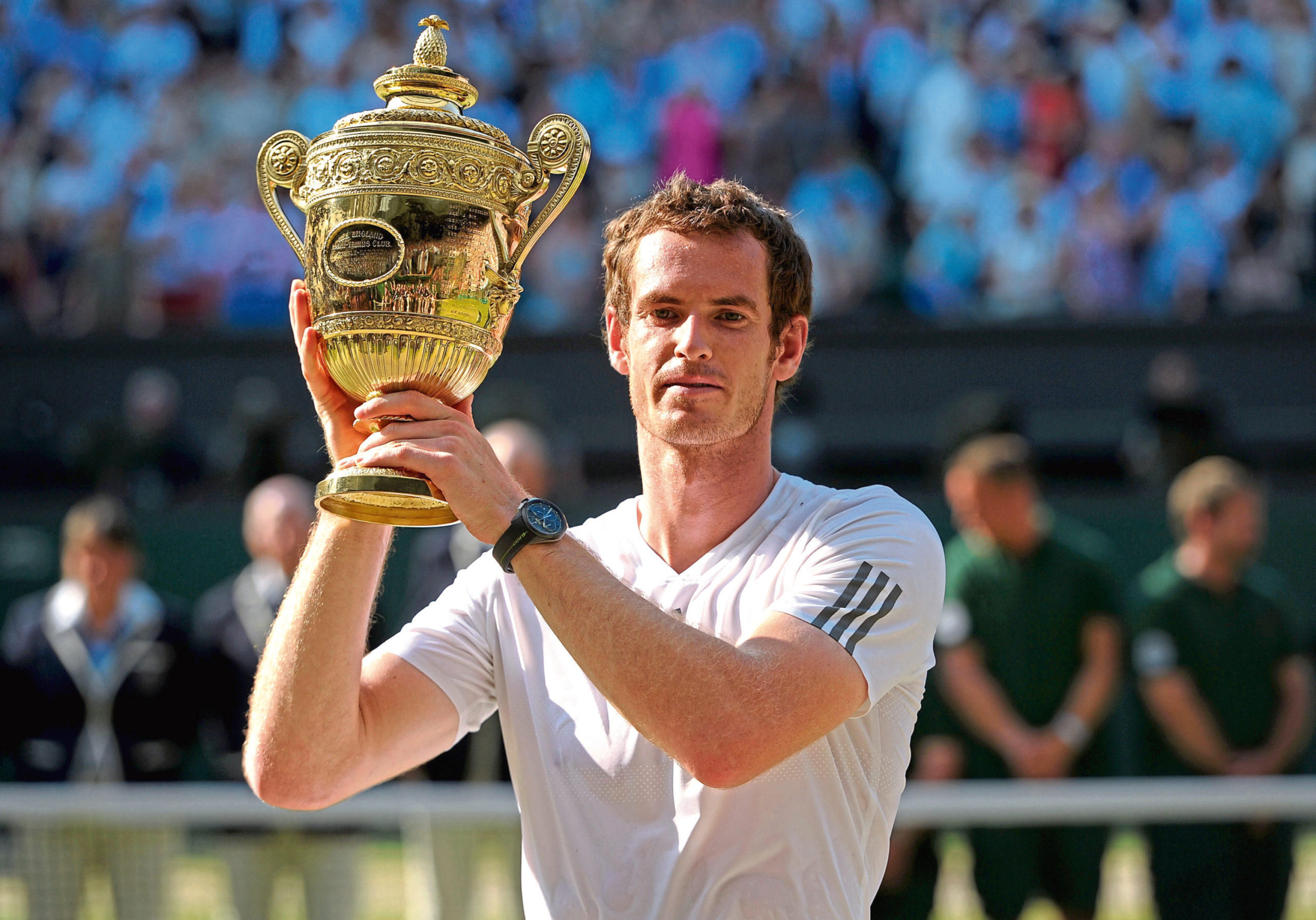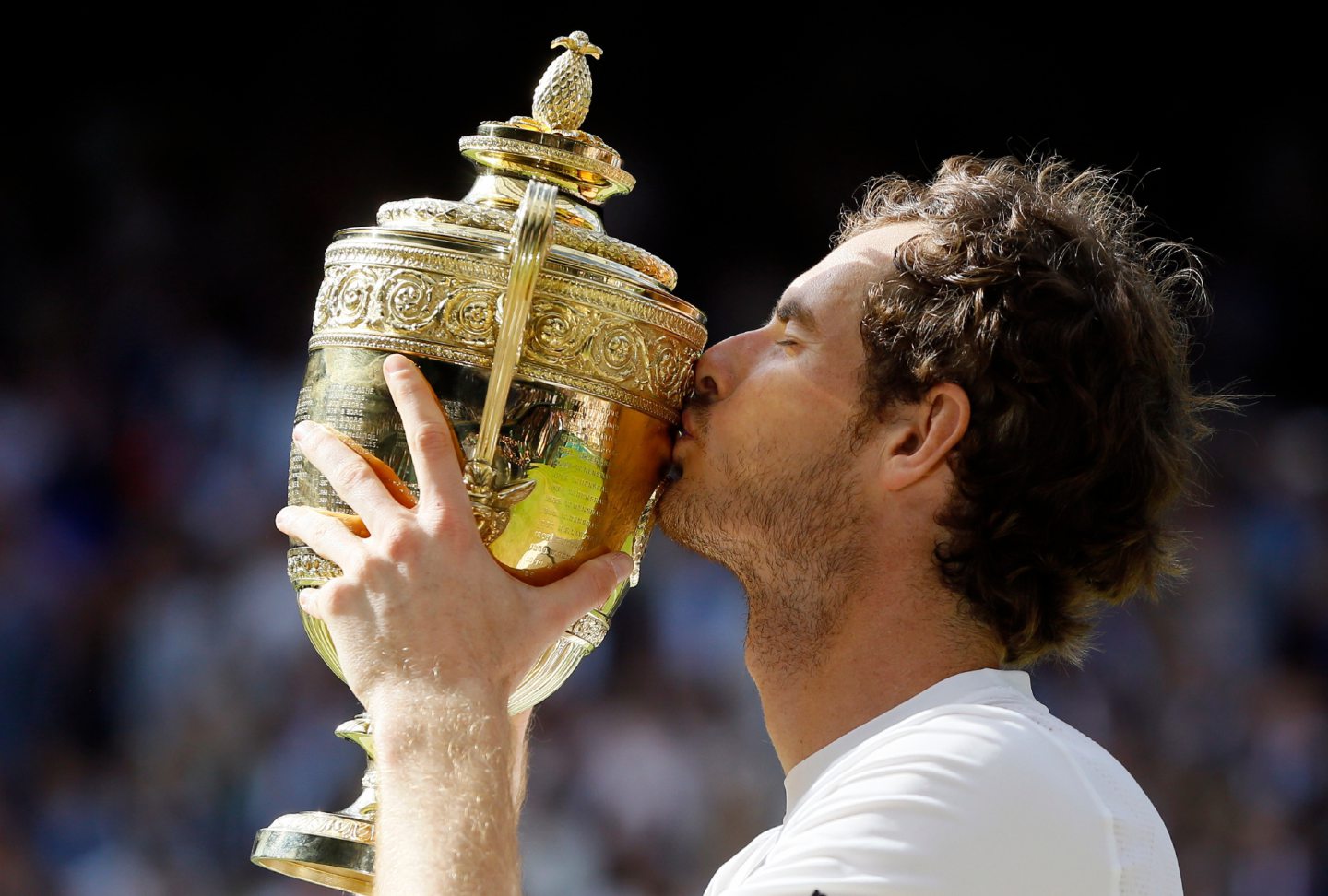There have been plenty of British futility players in the tennis chronicles down the decades. In the 1980s, it used to be common practice for the home guard to bow out of Wimbledon in quicker time than an episode of Dad’s Army.
Sue Barker, though, was the real deal in her domain, somebody who traded blows with the best in the world a decade earlier and amassed 15 WTA singles titles, including a Grand Slam – the French Open in 1976 when she was only 20.
At her best, she reached a global ranking of No 3 and, despite the dearth of male counterparts during her halcyon period on court, Barker had plenty of terrific memories of coruscating contests between her and such formidable opponents as Billie Jean King, Chris Evert, Martina Navratilova, Tracy Austin, Rosie Casals and Evonne Cawley.
As one of life’s quiet achievers, she wasn’t perhaps the most obvious candidate to become an internationally-renowned broadcaster, but that’s precisely what happened once she departed the locker room for the last time.
Sue Barker was the consummate professional
Whether anchoring the Sports Personality of the Year, maintaining order amid the chaos of A Question of Sport, or sharing opinions, commenting on controversies and swapping bon mots with the likes of John McEnroe and Pat Cash during the BBC’s coverage of Wimbledon, Barker was the consummate professional, right through to her last hurrah earlier this summer.
Indeed, she was so clearly in love with tennis and an aficionado of genuine excellence, whether it came from the Williams sisters, Pete Sampras, Roger Federer or Rafael Nadal, that she never strayed into using “we” when discussing the prospects of a British player or responding to how they might be standing on the cusp of history.
But finally, Barker has written a book – Calling the Shots – about her multi-faceted life and is free at last to discuss and dissect the events which left a lasting mark on her – and, what would you know, one achievement stood above everything else and it happened on Centre Court in 2013 when Andy Murray beat Novak Djokovic to become the first British men’s champion since Fred Perry all of 77 years earlier.
It was, of course, a victory for the ages, but Barker does us a service by reminding us how close the Scot came to crashing out of the tournament at the quarter-final stage when he was two sets and a breakdown against Spain’s Fernando Verdasco and his efforts to seize the momentum were repeatedly thwarted by his rival.
I was screaming at the screen
It was a desperate situation, and not only for Murray in the teeth of adversity.
As Barker recalled: “I was living every point with him in the studio, so nervous as he looked like he was down and out.
“Jo, the sound lady, filmed me screaming and fist-pumping and sent the clip to Judy Murray, who later passed it on to Andy and his wife Kim.
“[It was] so embarrassing. I got an email from Judy after his eventual victory, saying I was getting more wound up than she ever would. I don’t know how she sits so composed in the players’ box as Andy plays with his heart on his sleeve. Tim Henman’s mother, Jane, always used to say she lost 5lb through tension every Wimbledon.”
These grand occasions often leave us wondering whether we’re on the verge of a windfall or a catastrophe. But Barker had grown up as part of the tough-as-teak circuit where second best was cause for recrimination, not celebration and, when Murray picked up the title a few days later, she described it as “my absolute career highlight” and not only because of what transpired during his showdown with Novak Djokovic.
She explained: “Earlier that year, we had persuaded Andy to take part in a BBC documentary. I knew that if the British public saw the ‘real Andy’, they would take him to their hearts, as privately, he is funny and personable.
“Andy agreed and I travelled to Florida to film with him. I also interviewed him at his home in Surrey, where he opened up about his memories of the Dunblane Massacre (in 1996), breaking down in tears as he relived the horrific shootings that took place at his primary school in Perthshire when he was an eight-year-old pupil.
“Incredibly, from those two sets down through the Verdasco challenge, he went on to win Wimbledon. Without a doubt, walking on to Centre Court to announce him as the winner was the best day of my television career. His journey to that final was immense and for him to beat Djokovic and emerge victorious after such a seemingly endless last game really put us all through the wringer.
“That last game was the most terrifying… I thought that if Andy didn’t win that service game, he might lose the match.”
Sue Barker’s loss at Wimbledon
This isn’t a book full of cutesy, cuddly wholesomeness. After Barker lost her semi-final to Betty Stove at Wimbledon in 1977, she couldn’t bear to watch Virginia Wade win the final in front of The Queen, preferring to go shopping in Bond Street. Evert, who had succumbed to Stove in the other semi, “trashed her hotel room and stayed in her bathrobe for three days, eating junk food”.
Instead, it’s about true competitive sport and is all the better for it.
Calling the Shots is published by Ebury.




Conversation